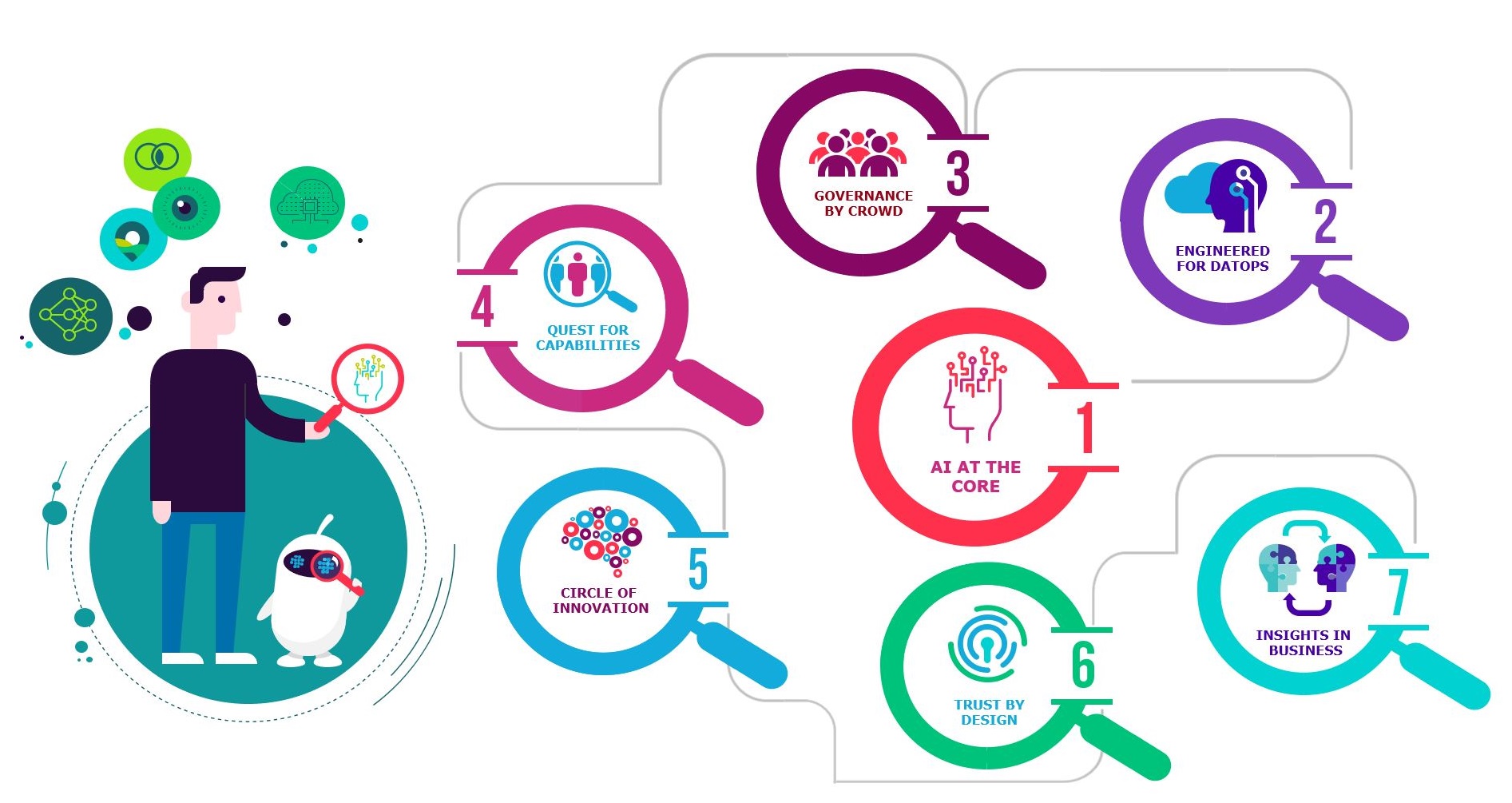Exploring Big Data: Insights for Agencies
For several years now, Big Data has been top of mind for a variety of industries, and that includes PR. An extraordinary amount of content has been generated about how it can benefit everything from customer insight to driving efficiencies in just about every industry imaginable. Yet, attitudes about Big Data within PR are mixed. There’s skepticism, based on the assumption that too much of the data that’s collected may be inapplicable to PR, and avoidance since the current level of data available to PR may seem to be just the right amount.
Neither attitude, however, is going to help PR professionals now or in the future because the numbers related to Big Data spending are too large to ignore. Consider that according to research conducted in 2013 by CapGemini, global spending on Big Data exceeded $31 billion and is expected to surpass $114 billion by 2018. Sixty percent of the executives who participated in that survey said they believe that Big Data will disrupt their industry in the next three years. Considering the timing of the survey, that disruption is starting to happen now. If PR wants to be part of helping companies work through that disruption, Big Data adoption or, at the very least, understanding how to use it is key.

Here’s what that same CapGemini survey identified as overall challenges to Big Data adoption and usefulness:
- Scattered data due to a lack of fully integrating all of the data sources. This means that sales information isn’t being integrated with marketing budgets or specific programs like influencer outreach.
- No clear business or use case to justify funding or implementation. There’s data collection, but lack of direction in terms of what the data will be used for.
- Lack of collaboration between different elements of an organization. IT, marketing and finance may not actually meet to set up the use case or determine how best to integrate once the data begins to be collected.
What’s also missing from the above is what any good researcher will tell you: data is fairly useless without analytics. Without analytics, data is just bits and bites taking up storage space on a server somewhere in the middle of who knows where. Evidently, there’s also a lack of analytics when it comes to all of this data.
Here’s where PR can play a role because making sense of data has been a necessity in the profession for decades with an ever-growing need to show results and prove that the needle has been moved. Since that needle has gotten bigger and now sits over multiple channels, Big Data now provides PR with the information the profession has been clamoring for and that is no longer just in the domain of sales and marketing.
An article published last year by Meltwater as part of multi-part look at trends in PR pointed out a few ways those who have already adopted Big Data are using the plethora of bits and bites. Notice that none of the below fall outside the realm of what most PR professionals do now. The only difference is that Big Data provides a much richer pool of information to work with:
- Hypertargeting and location-specific real-time marketing: reaching the right customers at the right moment.
- Data Visualization in the form of infographics and more dynamic and visual charts and graphs.
- Positioning by using data to test specific messages across different channels to see what resonates and what doesn’t.
- Competitive Analysis: being able to more specifically track and analyze a competitor’s activities.
While Big Data may be intimidating, PR professionals who don’t make an effort to at least understand it, do so at their own peril. It’s here to stay and is only going to get bigger.
